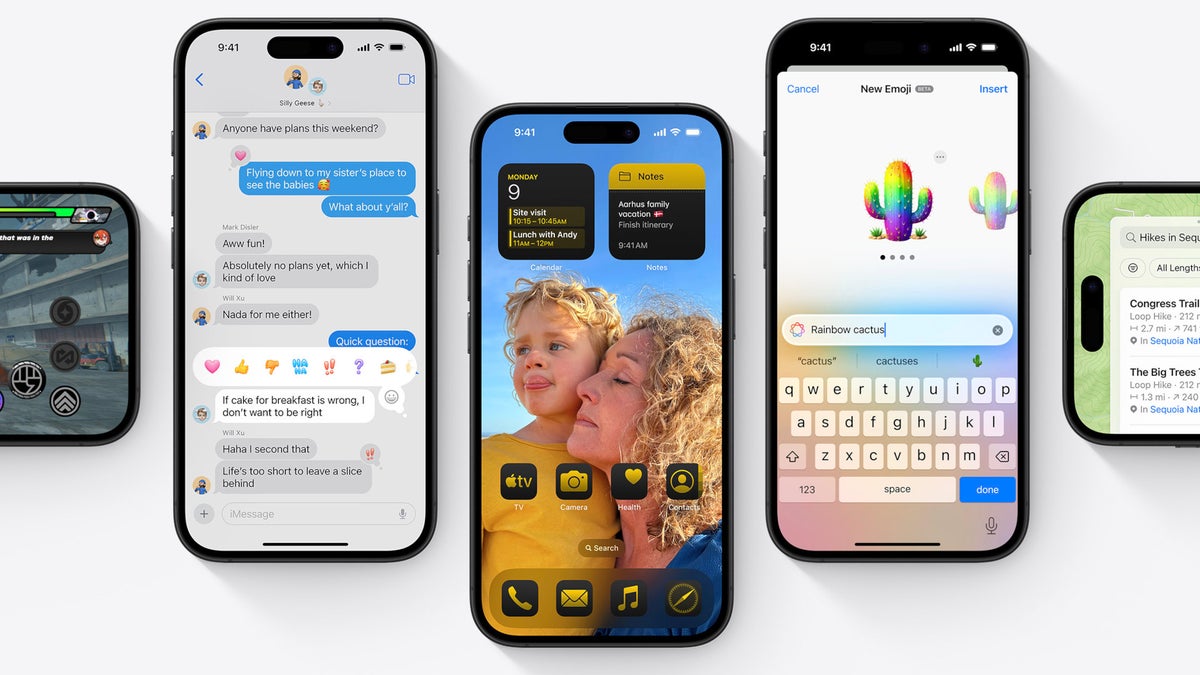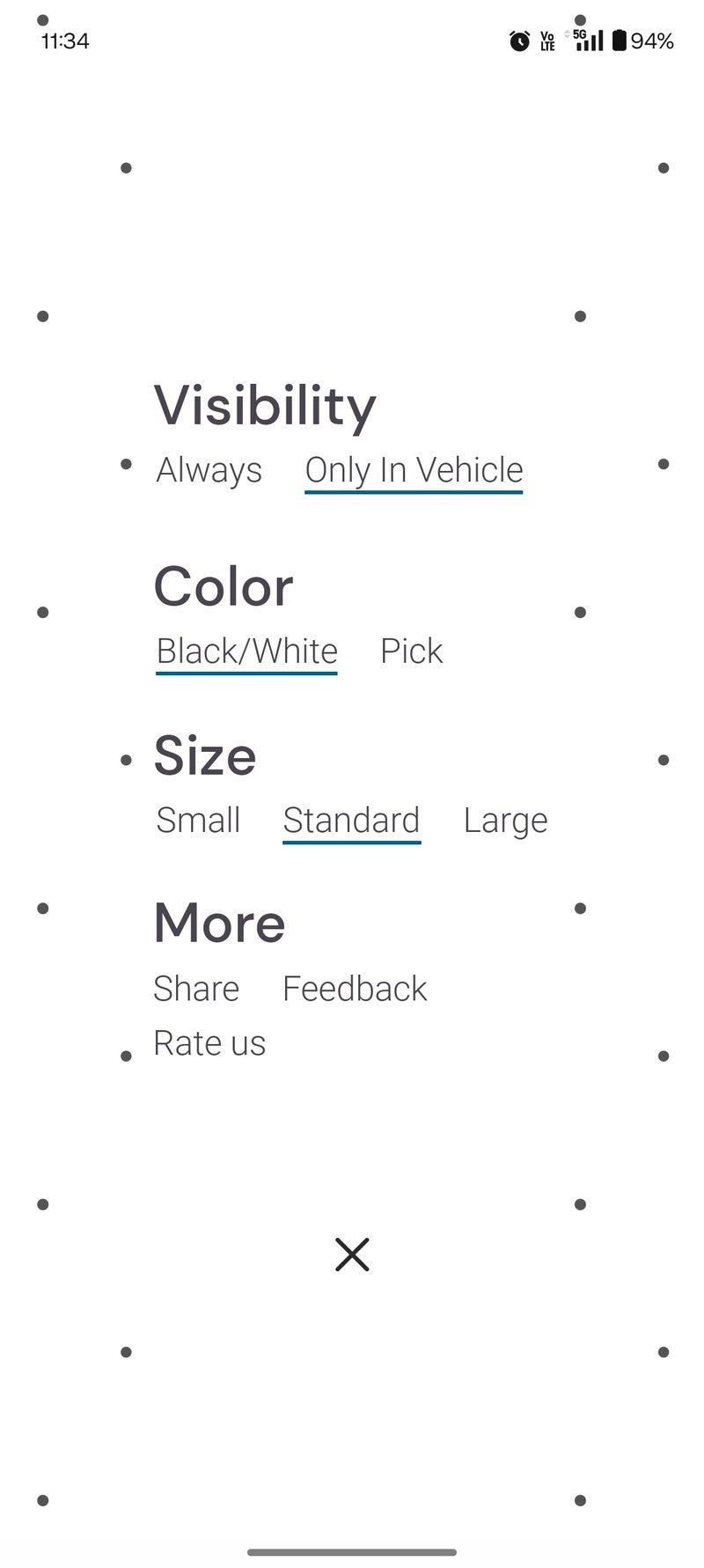Forget Apple Intelligence, this iOS 18 feature is pure genius (+ Android alternatives)

With the release of iOS 18 and the subsequent 18.1 update, Apple’s mobile OS has made big strides in integrating AI. While much of the hype surrounds Apple Intelligence right now, some wonderful new features of iOS 18 are entirely non-AI. One that’s quickly becoming a personal favorite is Vehicle Motion Cues.
Designed to reduce or even eliminate motion sickness for users who struggle to read or use their phones in moving vehicles, I find Vehicle Motion Cues to be the sort of smart innovation that can truly enhance one’s quality of life. I’ll tell you all you need to know about Vehicle Motion Cues, as well as the best Android alternatives that are already out there.
Let’s put an end to motion sickness!
Apple’s Vehicle Motion Cues is a smart solution for those who experience motion sickness while reading or using devices in a car. If you know, you know.
My real-world experience with Vehicle Motion Cues
After testing Vehicle Motion Cues for a few days, I can confidently say it’s a game-changer, nearly eliminating my usual symptoms of motion sickness. Sitting in the passenger seat and reading on my phone, I expected to feel the typical nausea after a few miles – but instead, I found myself surprisingly comfortable. The accuracy with which the iPhone’s dots mirrored real-world movements was particularly impressive, especially on bumpy roads or during quick stops and starts.

Vehicle Motion Cues could also be invaluable for kids, who are often even more susceptible to motion sickness. Parents can enable this feature for children in the backseat, allowing them to watch videos or play games on long trips without much discomfort. And, Apple being Apple, Vehicle Motion Cues activate automatically when the iPhone detects that the user is in a moving vehicle, switching off as soon as you’ve ended your journey.
Vehicle Motion Cues alternative for Android? KineStop and MotionEase are your best bet
As a fan of both Apple and Android devices, I naturally wanted to know if a similar feature existed for Android users. After some research, I found that the Play Store offers a few motion-sickness-reducing apps with comparable functions to Vehicle Motion Cues. I tested all of the available options, and the two standouts were KineStop and MotionEase.
This is what smart tech is about
While Apple Intelligence and other AI implementations may be the current talk of the town, Vehicle Motion Cues represent the type of intelligent, life-improving technology that Apple does so well. This is exactly the sort of innovation that may not seem groundbreaking at first glance, but ends up making a big difference in daily life.
Follow us on Google News
















Things that are NOT allowed:
To help keep our community safe and free from spam, we apply temporary limits to newly created accounts: